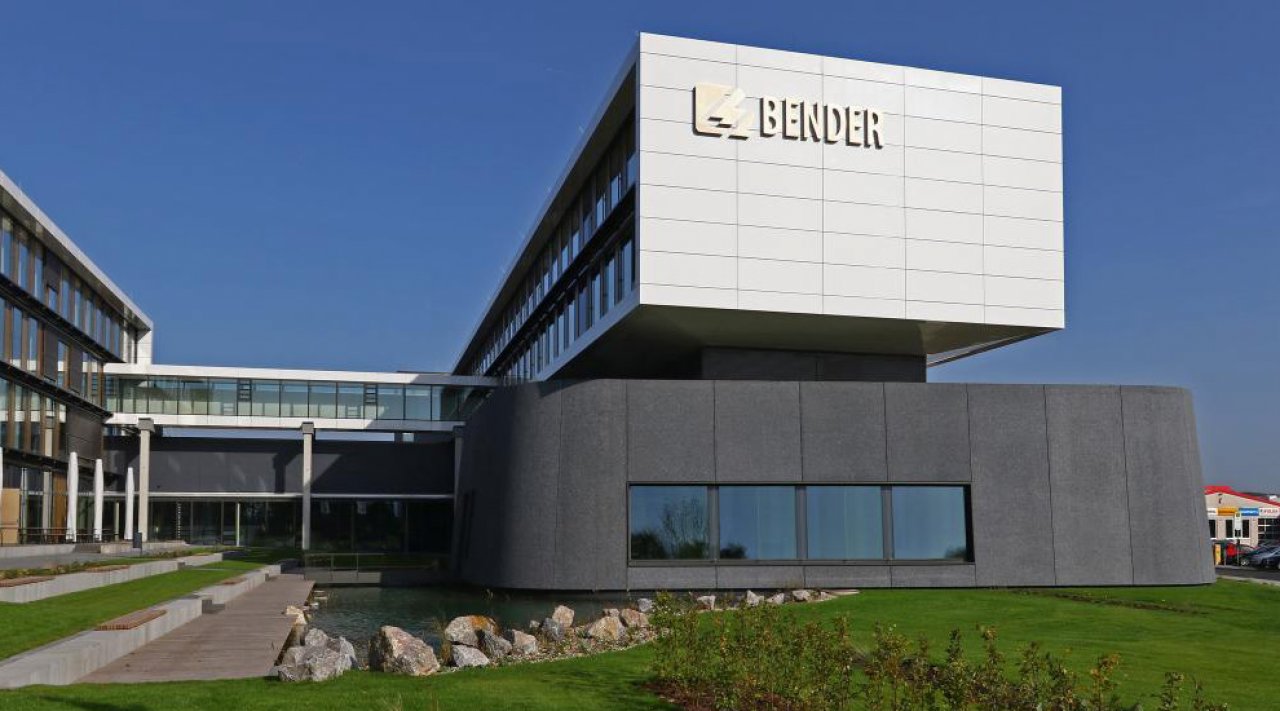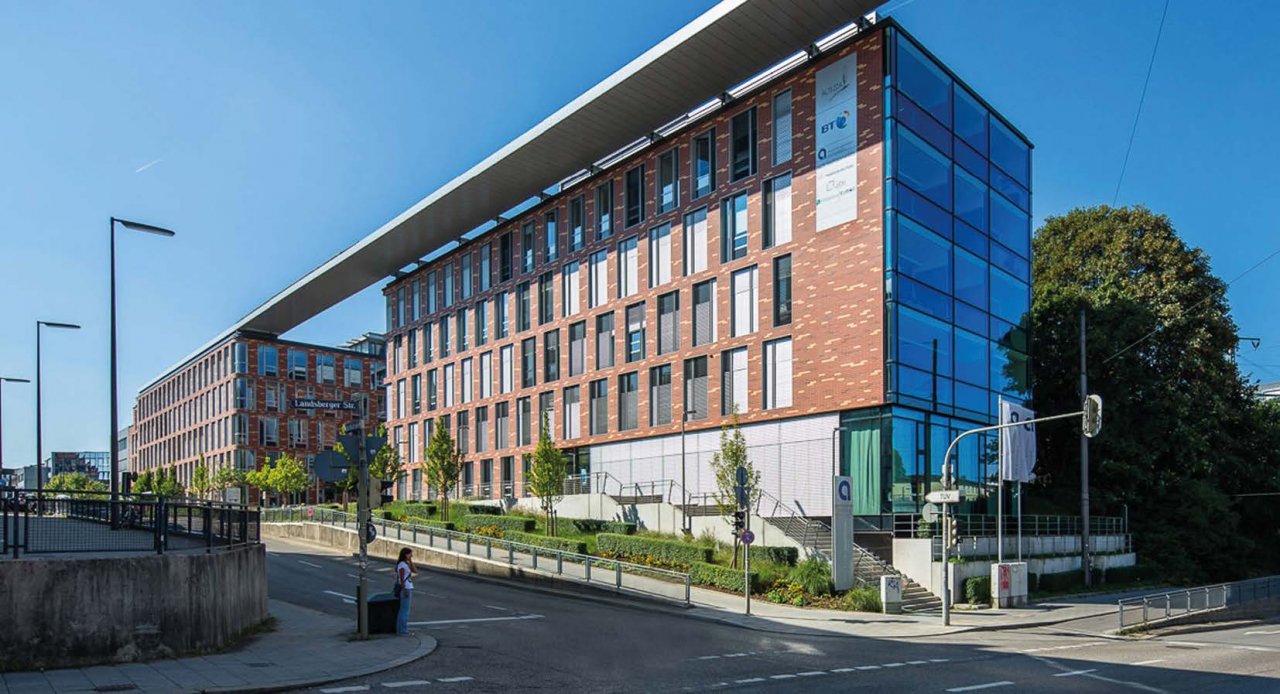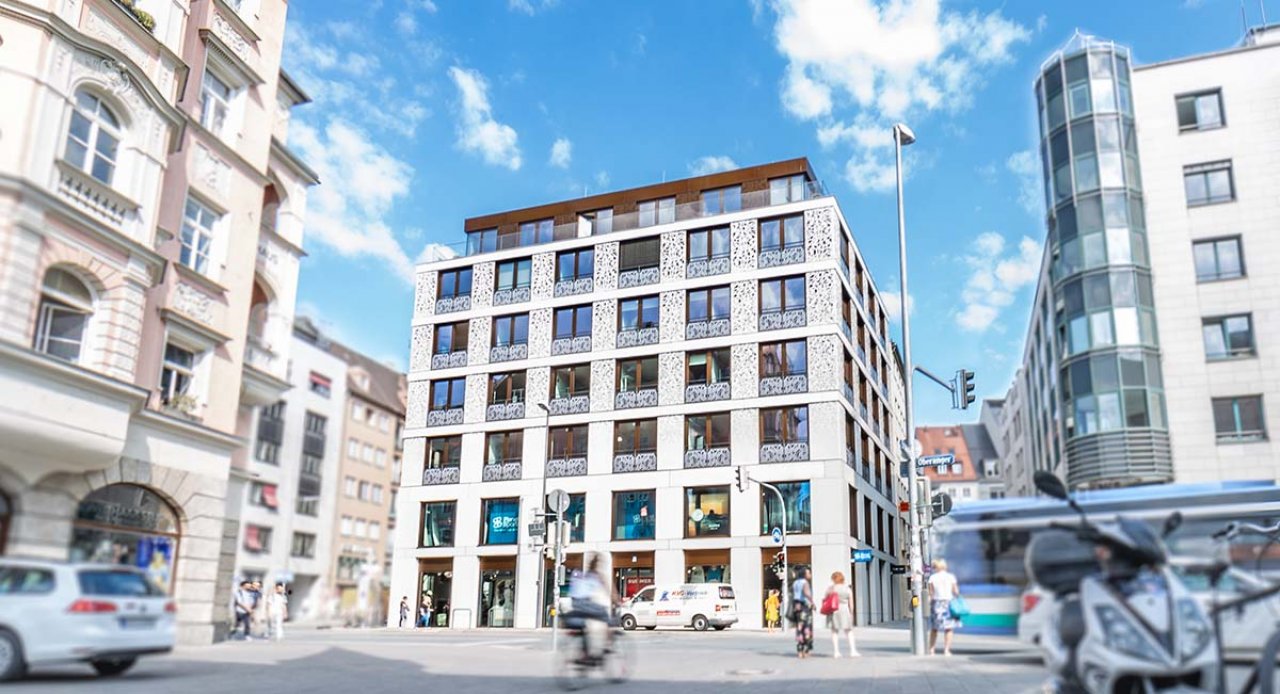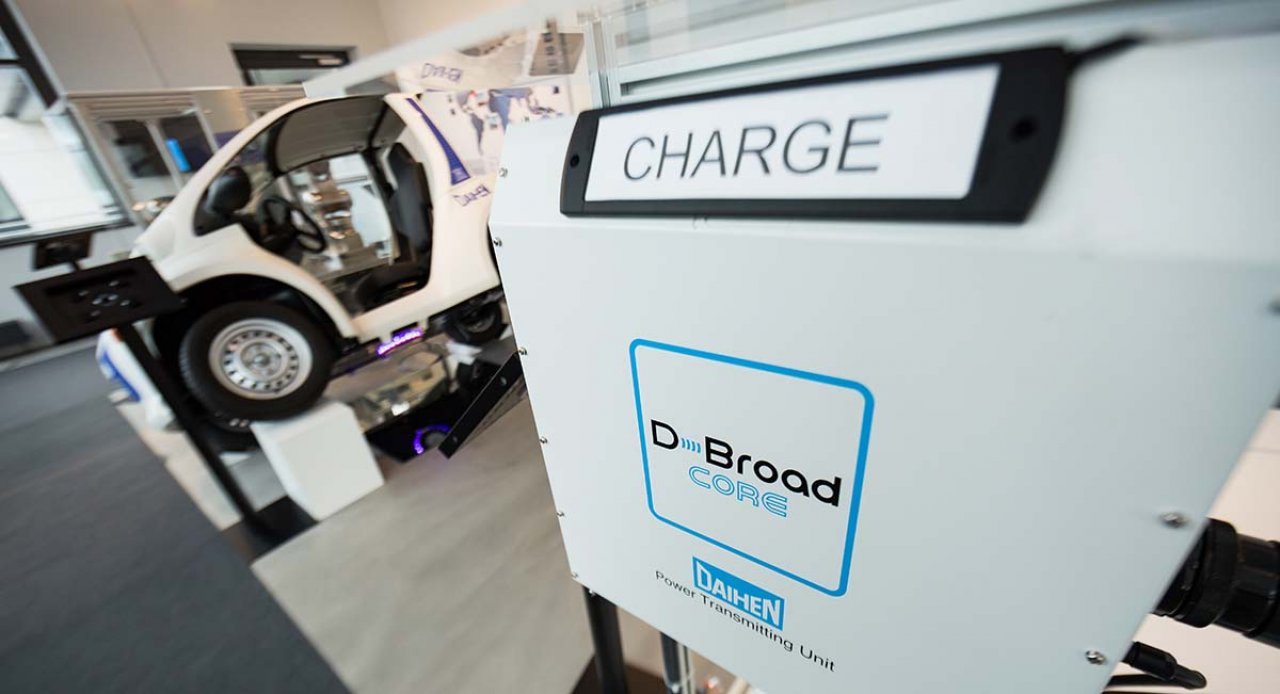Data is generated and transmitted in unimaginable quantities every day. In 2018, the global data volume was 33 zettabytes (1ZB = roughly 33 billion terabytes), and this is expected to increase to around 175 ZB by 2025 - an annual increase of 27 per cent.
Nothing works without data anymore - keyword Big Data. A fast connection is essential, which makes network cabling all the more important. To remain future-proof, to avoid incorrect installations and expensive cabling extensions, structured network cabling is used.
What is structured network cabling?
Structured cabling or universal building cabling (UGV) is a future-oriented and application-independent network infrastructure for the transmission of data and voice.
The aim of structured cabling is to create a reliable basis for future networks. It should be possible to easily install network components and network extensions should be feasible and flexible. The cabling is based on a uniform and generally applicable cabling structure. In this way, future-oriented requirements are taken into account and reserve capacity is created. Additionally, structured network cabling can be used by different network services. Local networks and telephone services, for example, usually run over the same network cabling.
In comparison, unstructured cabling is oriented towards demand and is tied to specific applications. When switching to a new technology or a new generation upgrade, a cost-intensive and complex reinstallation of the cabling is usually necessary.





